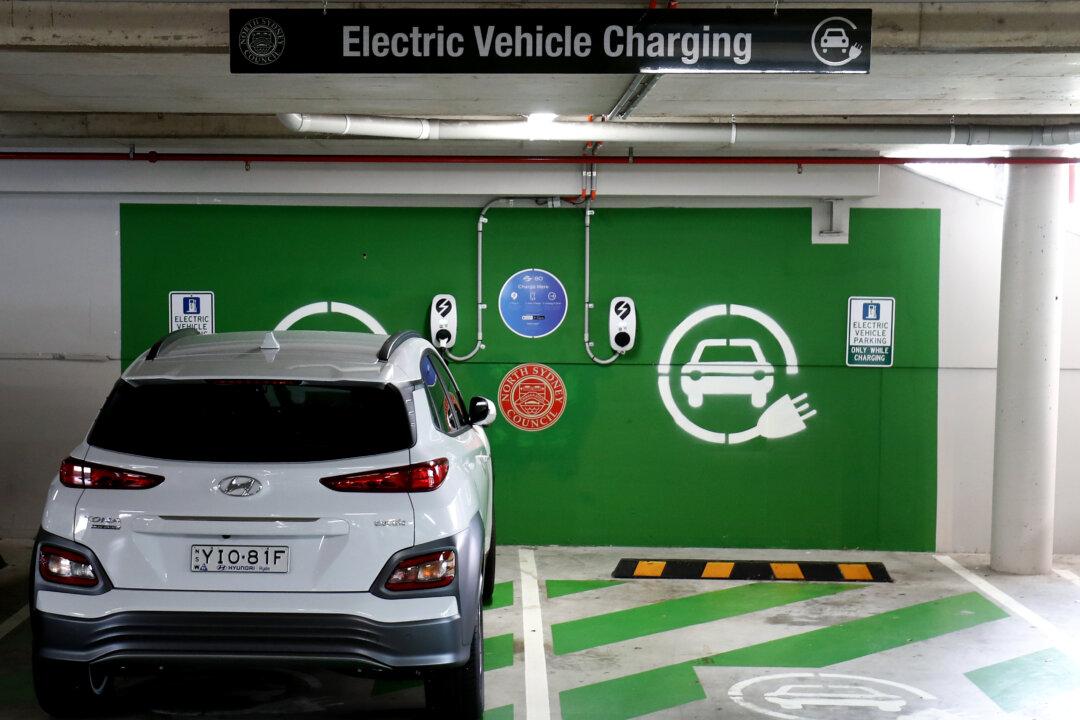Electric vehicles (EV) are currently saving motorists $100 compared to buying a regular vehicle, says a consumer body.
Brian Spak, director at Energy Consumers Australia, said EVs were likely to represent the “single greatest opportunity” for households and small businesses to participate in, and benefit from, the renewable energy transition.





